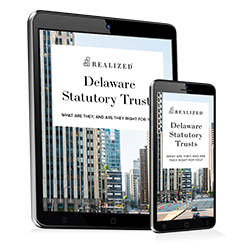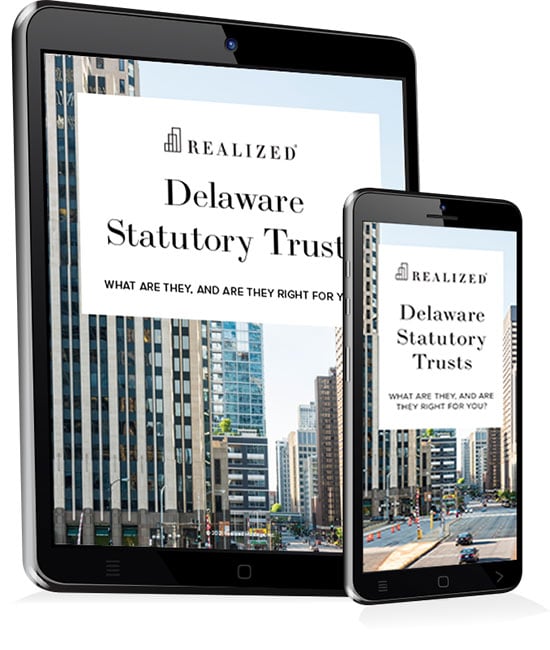The primary lease that controls other sub-leases and may cover more property than all sub-leases combined.
A master lease structure may be used for a variety reasons. An example may be a developer selling a new property before it reaches stabilized occupancy. In this case, the developer may sign a master lease for all or a portion of the vacant space. By master leasing the vacant space, the developer may be able to achieve a higher sales price as the buyer would be valuing a greater in-place income. The developer would then bear the risk of sub-leasing the space for the duration of the master lease term.
In a different context, under a Delaware Statutory Trust (DST) ownership structure, the Trust is technically prohibited from conducting any leasing activity. However, the Trust may enter into a master lease with a Master Tenant that pays rent to the Trust and in turn sub-leases the property owned by the Trust. See Master Tenant.



